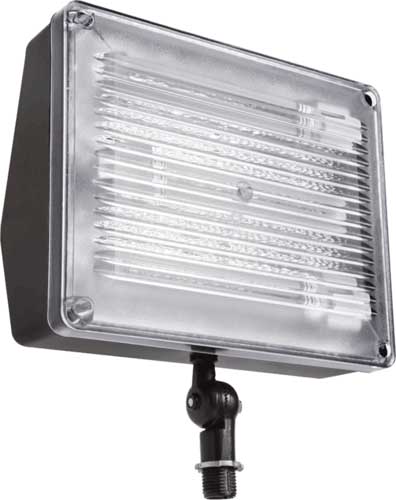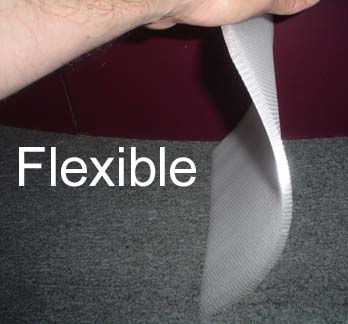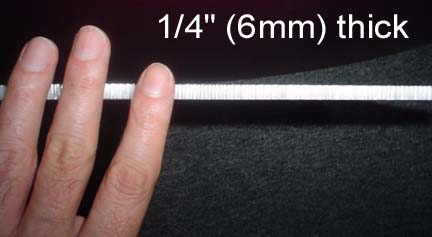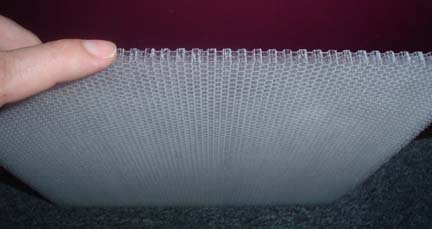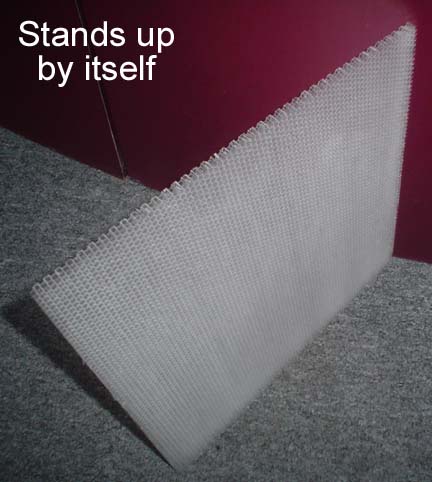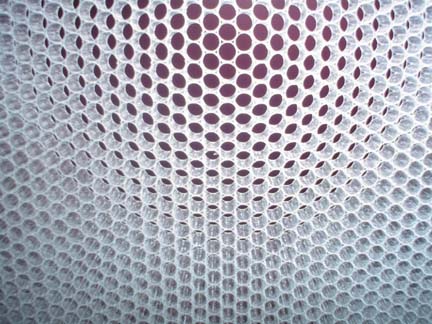SantaMonica
Reefing newb
Update: Results of not cleaning
If you do not clean your screen in FW once a week (or at least put the whole screen in FW, and clean half of it), here is what happens:
1. Pods start growing and multipling in the bottom layers of the algae. They do this by eating more of the algae. They then get washed off into the water and get consumed.
2. The bottom layers of algae (attached to the screen) start getting shaded by the new algae that grows on top of it.
3. The bottom layers of algae (attached to the screen) start getting less flow, because they are being covered up by the new algae that grows on top of it.
4. The algae starts growing up into the slot in the pipe, causing less water to flow out.
5. The algae gets thicker and longer and heavier, and thus "lets go" from the screen easier.
The results of 1, 2, 3, and 4 above, is that the bottom layers (which you can't see because they are underneath) start dying and disolving back into the water. The result of #5 is that large pieces of algae on the top layers (that normally would be useful) also go into the water and die due to lack of light.
However, you don't see any of this. What you do see is that the growth seems to be great, but it gets to a certain point and stops. It seems to have "stopped growing". Also the nutrients start rising. So the tendancy of some folks is to leave it longer without cleaning it, so to give the algae "more time to grow". Big mistake.
What is happening is that the underlying layers are dying off so fast, that the algae is being removed from the bottom as fast as it is growing on the top. Kind of like building a second floor on top of a house, but then removing the first floor: You end up with a one-level house again. But then you take all the materials that you got from removing the first floor, and you use them to build a new second floor. But then you tear apart the first floor again, etc.
So what is happening is that the bottom layers (and the top layers that let go) are putting Inorganic Nitrate and Inorganic Phosphate back into the water, which gets used to grow new algae on the top layers again. So the scrubber can no longer filter your tank because it is so busy re-growing new layers to replace the old layers that died.
The easy solution to all of this is to just do your weekly cleaning in FW. And the solution to #5 (which really is the smallest problem) is to put a light-shield along the slot.
If you do not clean your screen in FW once a week (or at least put the whole screen in FW, and clean half of it), here is what happens:
1. Pods start growing and multipling in the bottom layers of the algae. They do this by eating more of the algae. They then get washed off into the water and get consumed.
2. The bottom layers of algae (attached to the screen) start getting shaded by the new algae that grows on top of it.
3. The bottom layers of algae (attached to the screen) start getting less flow, because they are being covered up by the new algae that grows on top of it.
4. The algae starts growing up into the slot in the pipe, causing less water to flow out.
5. The algae gets thicker and longer and heavier, and thus "lets go" from the screen easier.
The results of 1, 2, 3, and 4 above, is that the bottom layers (which you can't see because they are underneath) start dying and disolving back into the water. The result of #5 is that large pieces of algae on the top layers (that normally would be useful) also go into the water and die due to lack of light.
However, you don't see any of this. What you do see is that the growth seems to be great, but it gets to a certain point and stops. It seems to have "stopped growing". Also the nutrients start rising. So the tendancy of some folks is to leave it longer without cleaning it, so to give the algae "more time to grow". Big mistake.
What is happening is that the underlying layers are dying off so fast, that the algae is being removed from the bottom as fast as it is growing on the top. Kind of like building a second floor on top of a house, but then removing the first floor: You end up with a one-level house again. But then you take all the materials that you got from removing the first floor, and you use them to build a new second floor. But then you tear apart the first floor again, etc.
So what is happening is that the bottom layers (and the top layers that let go) are putting Inorganic Nitrate and Inorganic Phosphate back into the water, which gets used to grow new algae on the top layers again. So the scrubber can no longer filter your tank because it is so busy re-growing new layers to replace the old layers that died.
The easy solution to all of this is to just do your weekly cleaning in FW. And the solution to #5 (which really is the smallest problem) is to put a light-shield along the slot.

